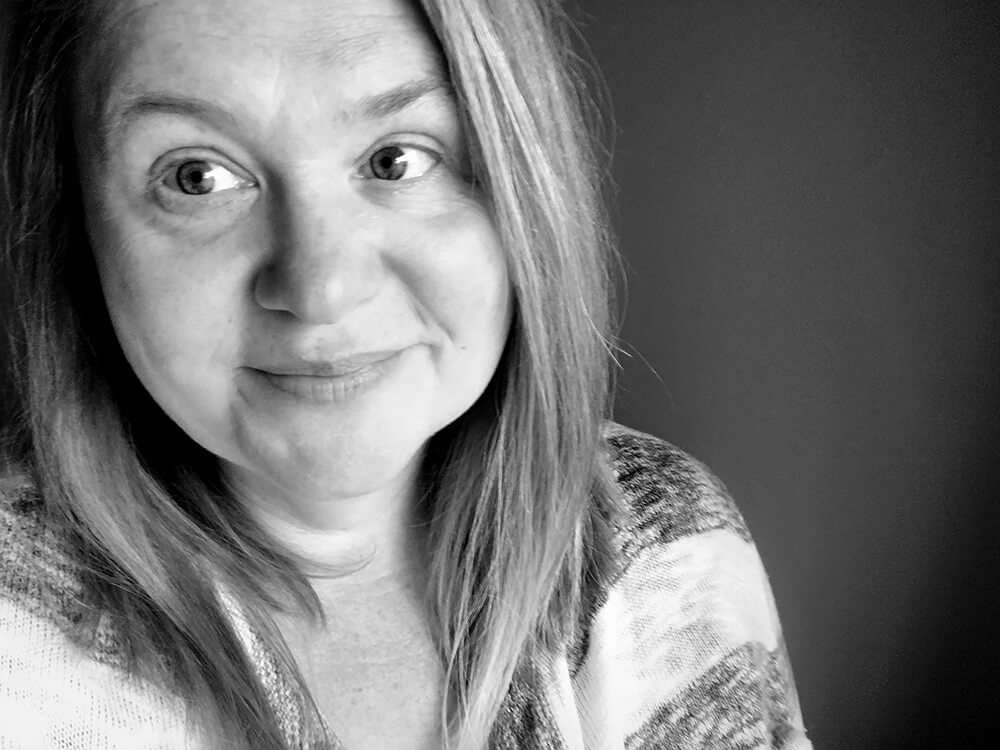Joanne Rojcewicz grew up in Silver Spring, MD, and attended the University of Delaware (go Blue Hens!). After graduation she worked in a black & white darkroom, developing film and hand-printing photographs. After spending four years inhaling chemicals (and learning a lot about printing and photography), she started working as a photojournalist, spending five years shooting for newspapers in New Mexico, Maryland and Virginia.
Joanne currently works in the creative department at Warner Bros Discovery where she manages marketing campaigns for HBO Max and Discovery Plus.
She lives in Sterling, VA, with her husband and two sons. She enjoys vacationing in the Outer Banks and drinking good beer, preferably at the same time.
Statement
I often joke that I haven’t slept since 2007, when my first son was born. It feels like it’s true. Life with kids can be loud and chaotic. So when photographing my family, I am drawn to the quieter moments.
In this series, I document the everyday activities of my two sons as they grow up. Through images of ordinary events, such as playing outside or taking a walk through the neighborhood, my goal is to capture their youth in a candid and unguarded way.
As my kids get older, they are less enthusiastic about me taking photos of them, but I will keep trying!
